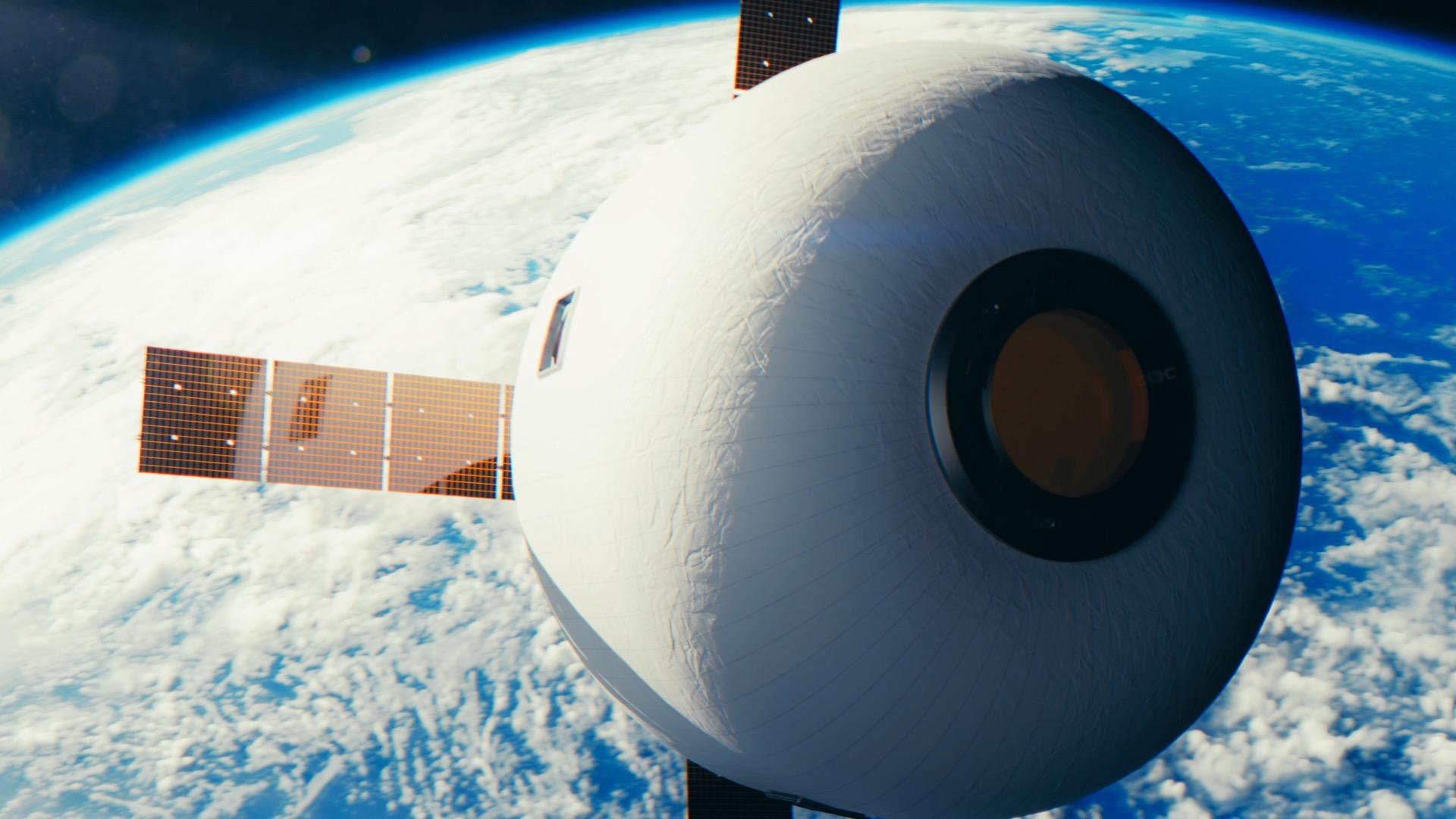Max Space promises stadium-sized space stations, but they are cheap and easy to install. After the launch of the first module in 2026, people will be able to live in it on the Moon and then on Mars as well.
You can blow it up, but it's the size of a stadium – what is it? the answer The space station of the American startup Max Space. Moreover, this space habitation, which Mezgha Aladar envies, is not just science fiction – according to plans, the first module will be installed in 2026 with the help of SpaceX.
Inflatable technology can be a great solution for space habitats because it offers many advantages over traditional methods. Because the required material is completely pressurized when deflated, it can be stored efficiently in a spaceship, and does not require a particularly large space in the cargo hold. Moreover, this technology is not only cost-effective, but also promises simple installation, and is versatile in terms of use, as it can be used not only in space, but also on the Moon.
Using these balloon-like modules, Max Space will revolutionize in-space assembly, offering an alternative to traditional large-scale commercial space stations. The goal is to provide large-scale space habitats that are not only of high quality and large interior space, but also highly affordable in terms of maintenance and launch costs.
Building a fully functional space station is a complex and expensive undertaking, as evidenced by the International Space Station (ISS), which required more than 40 launches to build between 1998 and 2011 on a staggering budget of $100 billion. However, since the ISS will be retired at the end of the decade at the latest (long after its originally planned operational life), developing and installing new space stations has become a more urgent task than ever before. In this competition, Max Space aims to significantly reduce costs and logistical challenges by launching an entire space station structure in a single mission.
The structural integrity of the inflatable units is ensured by the “Isoarchitecture” technology, which allows the ideal geometry of the structural fibers to be maintained for maximum load-bearing efficiency. Combined with a multi-layered fiber-based ballistic protection system, these modules provide unparalleled flexibility and strength, surpassing traditional materials such as aluminum and titanium.
Max Space's ideas are also very great: according to plans, these modules could serve as habitable spaces on the Moon, and eventually even on Mars. In addition to Max Space, others are also planning a space station that operates on a similar principle: Sierra Space's inflatable space station, the Large Integrated Flexible Environment (LIFE), is scheduled to be operational only by 2030, and will be subject to strict safety. Test until then.
(Images: Max Space)












































